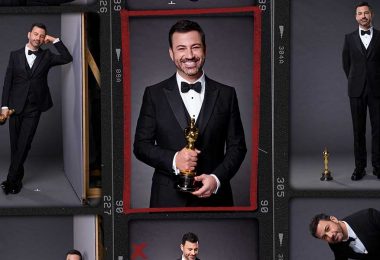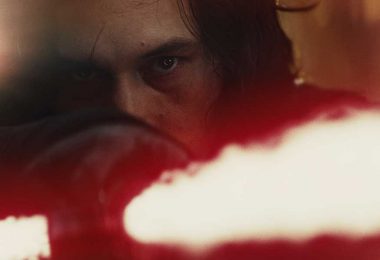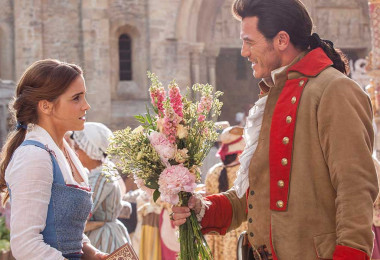By Jim Frye
Ever since George Lucas established Industrial Light & Magic to create the ahead-of-their-time special effects for the very first Star Wars film back in 1975, innovative visual effects have been a hallmark of these movies. Star Wars: The Last Jedi, the latest tale in the mythic Skywalker saga, continues this tradition, having received four Oscar® nominations, including one for visual effects, recognizing the work of Ben Morris, Mike Mulholland, Chris Corbould, and Neal Scanlan.
Ben Morris, visual effects supervisor for The Last Jedi, has earned a reputation as a boundary-pushing innovator on films such as Star Wars: The Force Awakens, Gravity, Harry Potter and the Chamber of Secrets, Gladiator and The Golden Compass, for which he was recognized with an Academy Award®. His work for writer-director Rian Johnson’s Star Wars: The Last Jedi keeps that streak going, giving us stunningly beautiful vistas, jaw-dropping digital characters, and show-stealing moments that audiences talk about long after the house lights come up.
“We work on the visual problems and challenges that can’t be accomplished practically,” says Morris, on a call from London. “We work on explosions or pyrotechnics that can’t be staged by the practical special effects team. We also work on large-scale digital environments with the production design, and we create creatures that aren’t conducive to being created with practical makeup or animatronic characters.”
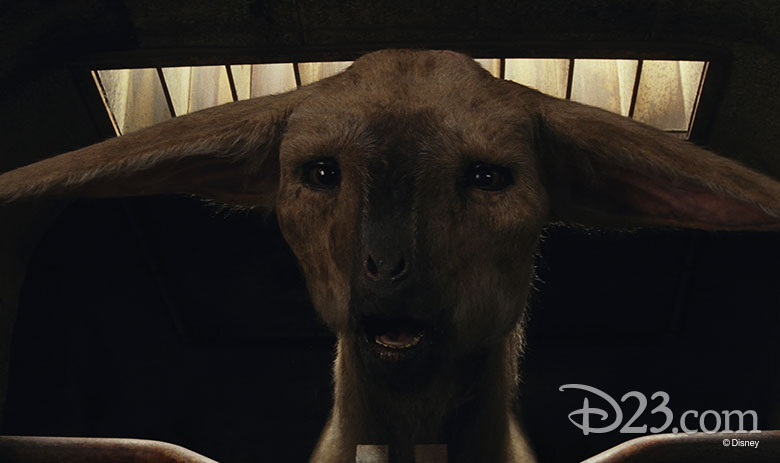
Those characters include the fathiers (space horses), which were a significant challenge because of the integration of actors riding on them as they smash up the casino. Morris and his team also made digital porgs that look exactly the same as the animatronic porgs. And the crystal foxes, known as vulptex, on the planet of Crait were completely computer-generated.

But there’s one character who is particularly satisfying to Morris. “I’m incredibly proud of Snoke,” he says. “We executed him with an entirely different look than the first movie. Rian didn’t want it to have a ghostly, gelatinous white zombie/hologram look.”

Johnson was concerned that The Last Jedi’s Snoke—the one we meet in person instead of The Force Awaken’s hologram—could not realistically be achieved with computer effects. He considered, instead, using an actor in makeup. “I said, ‘No, no, no, we actually can and should do this in CG,” says Morris. “So we worked very closely with Rian and his initial concern was completely assuaged at the end. He just kept pushing our camera closer and closer to the character and he got more and more excited by what he looked like. The fact that Andy’s [Serkis] performance was so strong only added to that effect.” Andy Serkis played the character of Snoke using motion-capture technology.
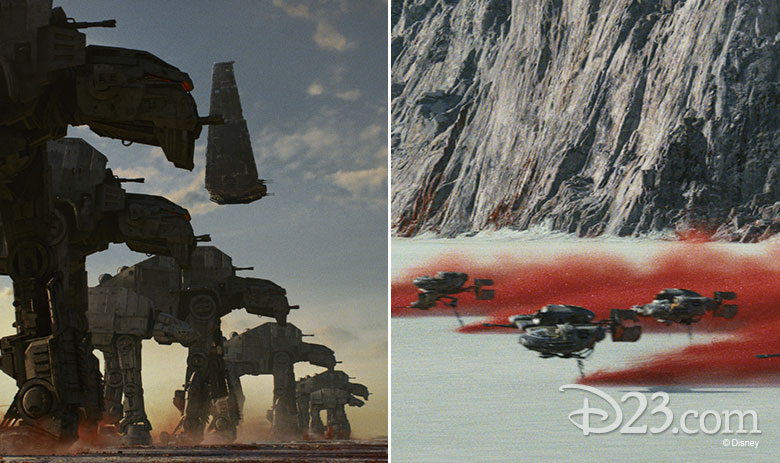
Another impressive sequence was the battle on Crait, the mineral planet. Morris and his team actually traveled to the largest salt plains on earth—the Salar de Uynui in Bolivia—to shoot plates to help ground the sequence in reality and steer and drive the CG of the sequence. “From the very early concepts we knew it was going to be a beautiful white plain that would be destroyed and mashed up and gouged by the speeders,” says Morris. “We had to create these crazy red rooster tails and make them look like crystals flying. There were huge amounts of physical simulations going on there for all the pyrotechnics and ships crashing and walkers dragging things. So it was a big number, but as Rian always said, he wanted it to look like it almost ended in a bloodbath, where all the white salt had been blown off to show the red crystalline substance beneath.”
And the list goes on: Holdo’s hyperspace; the Lightsaber duel in the throne room; the explosions in the mega hanger—Star Wars: The Last Jedi is filled with shot after shot of beautiful, realistic visual effects that transport viewers into the film, and into another galaxy. Morris concludes, “These effects were on a scale that we’ve never dealt with before, and I think they’re an incredible success.”
We couldn’t agree more.
When Star Wars: The Last Jedi comes home, scene breakdowns that take you inside these and more incredible sequences are among the bonus features. The film is available on Digital (in HD and 4K Ultra HD) and via Movies Anywhere on March 13, and on Blu-ray 4K Ultra HD, Blu-ray, and On-Demand on March 27.




